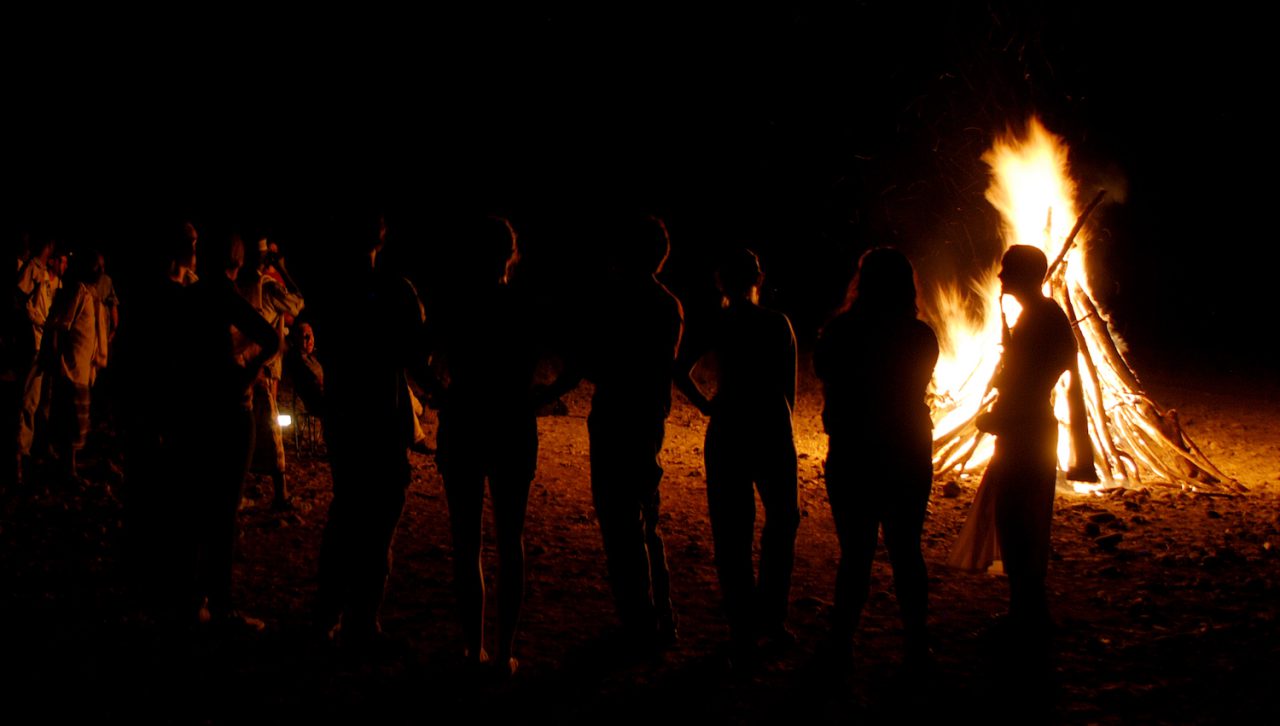Fire is one of humanity’s oldest allies, a primal force that has profoundly influenced the trajectory of civilization. This elemental phenomenon, often regarded merely as a tool, deserves recognition as a fundamental catalyst in the development of human society. Its implications span from biological adaptation to cultural evolution. In this exploration, we delve into five pivotal ways fire has shaped human life and civilization, revealing a complex tapestry of interconnections that underscore its significance.
1. The Mastery of Cooking: Transforming Nutrition and Social Interaction
The use of fire for cooking marked a watershed moment in human evolution. Early hominins transitioned from raw diets of foraged plants and hunted meats to cooked meals, which facilitated nutritional absorption. Cooking not only enhanced the palatability of food, but increased caloric intake and improved digestibility. This nutritional revolution likely spurred anatomical changes, such as smaller teeth and jaw structures, and contributed to the expansion of the human brain—a phenomenon often discussed in relation to the “cooking hypothesis.” Furthermore, the act of gathering around fire to share meals fostered social interactions, laying the groundwork for communal bonds and the intricate social structures that would define later human societies.
2. Fire as a Tool for Survival: Shaping Ecosystems and Promoting Settlement
Fire serves a dual role as both a destroyer and a creator within ecosystems. Our ancestors adeptly used fire not only for warmth and protection against predators but also to manipulate landscapes. By employing controlled burns, early humans could clear undergrowth, promote the growth of desirable plants, and drive game animals into manageable locations. These practices, including the use of fire in agriculture, enabled the establishment of semi-permanent settlements, as people began to cultivate crops and domesticate animals. This transformation from nomadic lifestyles to more sedentary living was pivotal in the development of complex societies and the rise of civilization. The co-evolution of human beings and fire also reveals a profound understanding of nature, urging us to ponder our ongoing relationship with the environment.
3. A Symbol of Culture and Spirituality: Fire’s Role in Rituals and Beliefs
Throughout history, fire has transcended its utilitarian function to become a powerful symbol in cultural and spiritual realms. Many indigenous cultures view fire as sacred, often associating it with creation myths and deities. Its flickering flames have been integral to rituals and festivals, marking significant life events such as births, marriages, and even funerals. The act of lighting a fire, whether for a communal gathering or a solitary reflection, serves as a conduit for human expression, fostering a profound sense of connection to one another and the cosmos. The interplay of fire in mythological narratives underlines its symbolic stature, emphasizing themes of transformation, purity, and renewal that resonate across various cultures. Thus, fire emerges not merely as a source of light, but as a beacon of humanity’s collective consciousness.
4. Technological Advances: Fueling Innovation and Progress
The advent of fire paved the way for technological advancements that propelled human societies into new realms of possibility. From the forging of metals to the invention of glasswork, various crafts owe their origins to the harnessing of fire. The discovery of processes such as metallurgy radically altered economic systems, influencing trade networks and leading to the establishment of hierarchies based on access to resources. Fire has also been integral to the development of energy sources, supporting industrialization and shaping modern civilizations. The transformation of raw materials into functional products signifies a leap in human ingenuity. However, this advancement also prompts reflection on the environmental implications of such progress, highlighting the need for sustainable practices as we continue to navigate our reliance on fire in diverse technological frameworks.
5. The Philosophical Dimensions: Fire as a Metaphor for Change
Beyond its practical applications, fire embodies profound philosophical concepts. It serves as a metaphor for change, resilience, and destruction. The flame, both alluring and perilous, reminds us of the transient nature of existence. In literature and art, fire often symbolizes passion, conflict, and rejuvenation—a duality that resonates with the human experience. As humanity grapples with existential crises, the philosophical discourse surrounding fire compels us to consider our role within the continuum of life and the environment. It ignites inquiries into our moral responsibilities as stewards of the Earth, encouraging a critical examination of how we harness this elemental force. Thus, fire transforms from a mere physical phenomenon into an emblem of introspection and dialogue about our place in the world.
In conclusion, fire’s role in shaping human life and civilization cannot be overstated. From its life-sustaining properties in nutrition and survival to its cultural and philosophical significance, fire is woven into the very fabric of human existence. As we reflect upon the myriad ways fire has influenced our journey, we are prompted to reconsider our relationship with this primal element and to approach it with a sense of reverence and responsibility. The echoes of fire remind us not only of our past but also of our potential for innovation and growth in the future.
